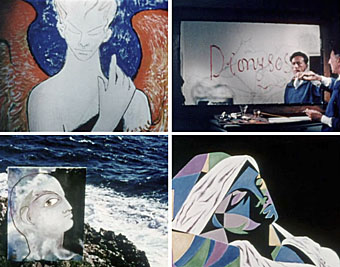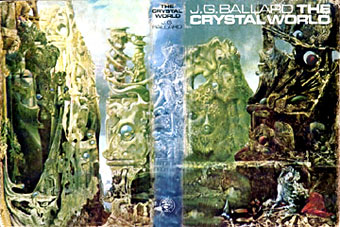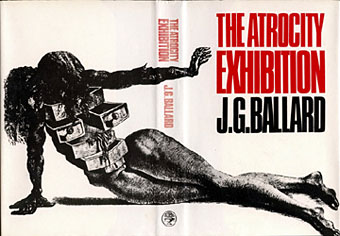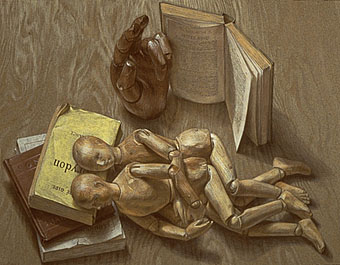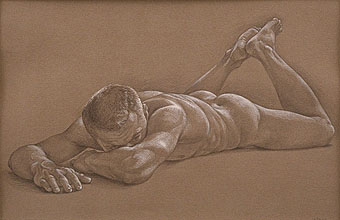A 35-minute color film by Cocteau entitled La Villa Santo Sospir. Shot in 1952, this is an “amateur film” done in 16mm, a sort of home movie in which Cocteau takes the viewer on a tour of a friend’s villa on the French coast (a major location used in Testament of Orpheus). The house itself is heavily decorated, mostly by Cocteau (and a bit by Picasso), and we are given an extensive tour of the artwork. Cocteau also shows us several dozen paintings as well. Most cover mythological themes, of course. He also proudly shows paintings by Edouard Dermithe and Jean Marais and plays around his own home in Villefranche. This informal little project once again shows the joy Cocteau takes in creating art, in addition to showing a side of his work (his paintings and drawings) that his films often overshadow.
La Villa Santo Sospir, 1952, 250 mb, (AVI)
The film is in French but Ubuweb provide a subtitle file if you know how to use those. This isn’t really essential however (despite the copious narration), the film is more concerned with giving the viewer a guided tour of the villa and its decorations. Fascinating seeing Cocteau working with colour even though many of the drawings and murals on display are his characteristic black lines on a white field. Nice also to see again his habitual delight with cinematic trickery in the reverse-motion sequences, wiping a blank canvas with a cloth so that a drawing appears, or piecing together living flowers from fragments of stalk and petal.

